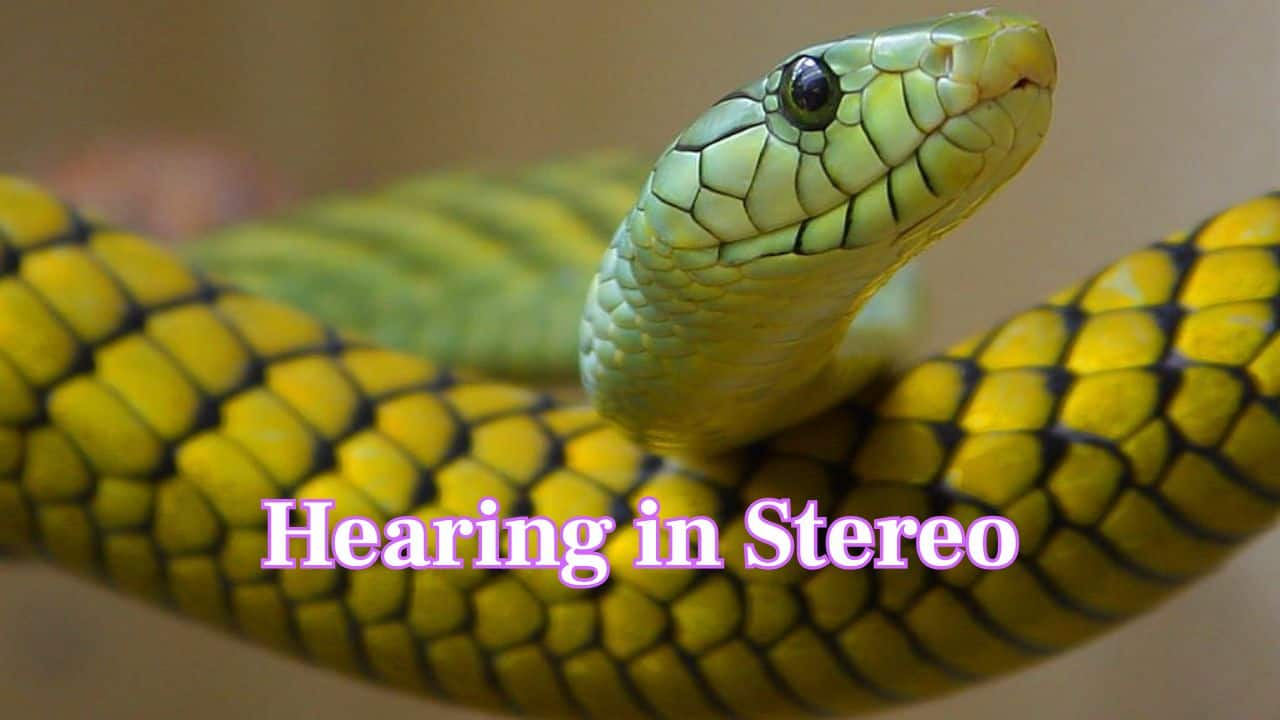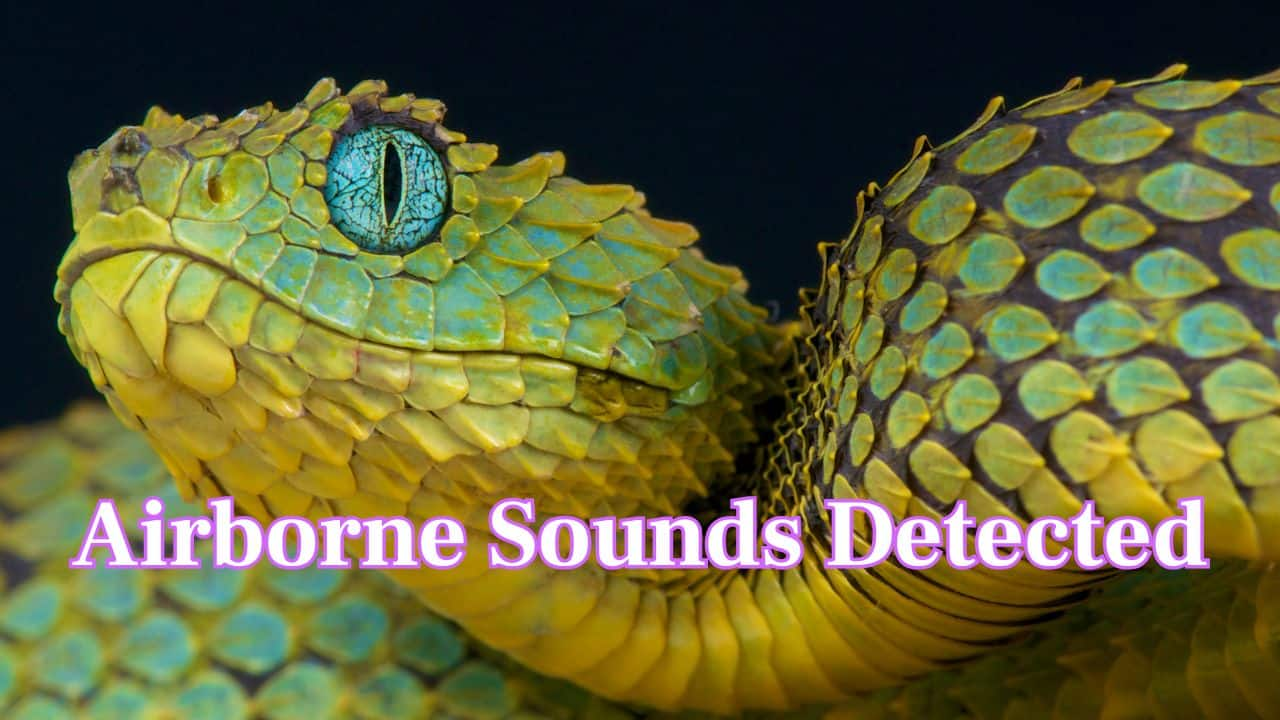Trending Topics:
- Blood Moon 2025
- Potoo Bird
- Cosmic Butterfly in Space
- Jupiter Juno
Is it true snakes hear with their jaws? Read 10 fun facts
Think snakes are deaf? Think again. These silent predators have a surprising way of sensing sound. Discover 10 fascinating facts about how snakes "hear" and it’s not what you expect.
1/9

Do Snakes Really Hear With Their Jaws? Yes! While they lack ears like ours, snakes detect sound using their jawbones and specialised inner ear structures. (Image: Canva)
2/9

No Ears, No Problem: Snakes have have no external ears or openings, but they aren't deaf. They sense sound in a very different way. (Image: Canva)
3/9

A Unique Hearing Bone: Instead of three middle ear bones like mammals, snakes use a single bone called the columella to transmit vibrations. (Image: Canva)
4/9

Jaws on the Ground: When snakes rest their jaws on the ground, they can detect minute surface vibrations from potential prey or predators. (Image: Canva)
5/9

Hearing in Stereo: A snake’s jaw can move independently on both sides, helping them “hear” directionally through separate jawbone vibrations. (Image: Canva)
6/9

Airborne Sounds Detected: Recent studies show snakes can detect airborne sounds up to 450Hz, including human speech frequencies. (Image: Canva)
7/9

They Might Hear You Talk: Because snakes can pick up frequencies between 80Hz and 300Hz, some researchers think snakes might hear you speak or scream. (Image: Canva)
8/9

Somatic Hearing: Besides jaws, snakes can sense vibrations through their skin, a method called somatic hearing involving special skin receptors. (Image: Canva)
9/9

Sensory Superpowers: Depending on the species, these vibration-sensitive receptors cover different parts of the body, aiding in defence and hunting. (Image: Canva)
Discover the latest Business News, Budget 2025 News, Sensex, and Nifty updates. Obtain Personal Finance insights, tax queries, and expert opinions on Moneycontrol or download the Moneycontrol App to stay updated!






